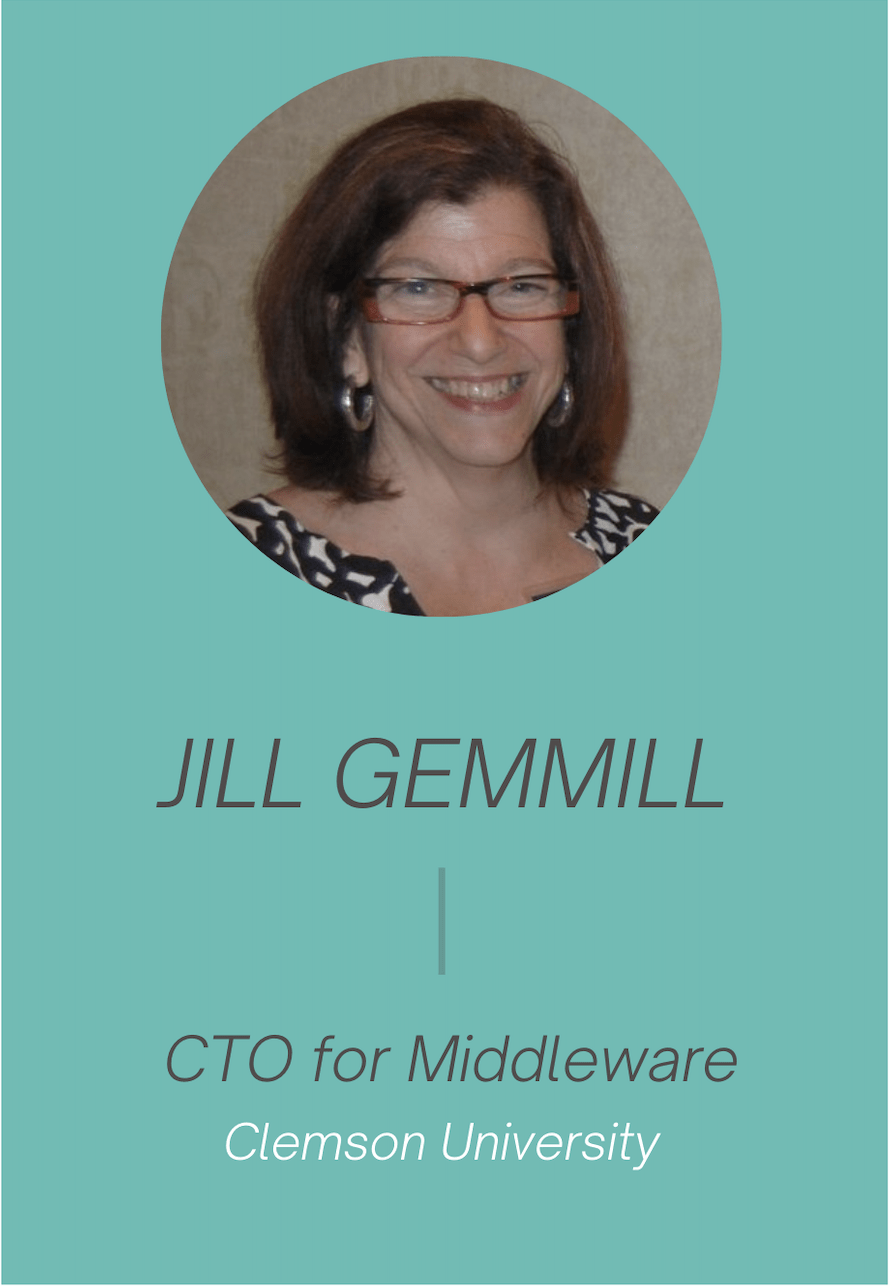
Jill Gemmill is Research Professor, College of Engineering, Computing and Applied Sciences and Director of Infrastructure Services for Computing and Information Technology at Clemson University
Jill Gemmill has over 30 years of experience in building university research cyberinfrastructure, Information Technology management and applied computer science. She is Research Professor College of Engineering, Computing and Applied Sciences and Director of Infrastructure Services for Computing and Information Technology.
Learn more about Jill's professional roles:
Dr. Gemmill has been Principal Investigator or co-PI on 30 federally funded grants totaling over $30 million. Her depth and breadth of IT experience includes facilities and network infrastructure management; application design and development; scientific visualization for vision scientists; computer systems integration; and cyber security including the securing of research data. Dr. Gemmill pioneered techniques that leverage federated campus identity management for authentication and authorization into grids; this work has supported collaborative environments for Virtual Organizations in domains including Social Science, Bioinformatics, and Ecology.
Learn more about Jill's leadership journey:
Leadership Journey:
In the early 1980’s there was a recession, I was unemployed, and I heard that the new computer programming industry was a path to good jobs and a field in which women were welcome. I already had a Bachelor’s degree (in American History) so I thought that getting a certificate from a technical school would be a good path to take. Due to regulations about educational loans that were available I wound up in an undergraduate computer science program thinking I would get a second bachelor’s degree, but then the chair of the Computer Science department recruited me to their graduate program where I was eligible to earn some money as a GRA. I found that I loved the new are of 3D computer graphics. After graduating with a Masters degree I began working at the university Vision Science Research Center and from there to the Neurobiology Research Center. I was very interested in the arpanet and email, and I got the faculty interested in these technologies so that they would push the university for these services. I also got to know the university network and IT staff very well. I found that what the world of IT looked like from these two perspectives – faculty research and university IT – were so astoundingly different that I wanted to understand why and how to better leverage the university’s investment for research. I was invited to join the university Network Services group in 1997, just after the NSFnet had been sold to commercial interests and the Internet was becoming known as the “World Wide Wait”. Some leading research universities, including Georgia Tech, felt the need to create a new Internet dedicated for research and education traffic, and this was the beginning of Internet2 and the research and education networks of today. I was able to bring together the medical school research faculty that I knew, some engineering faculty and the Director of Network Services to join the Internet2 organization and obtain NSF funding to jumpstart our connection to this new network. I looked for applications that would help users appreciate what the new network could do, including internet videoconferencing and remote use of high performance computing systems. I was involved with the university’s migration to single sign on technology for university systems logins as Internet2 was developing federated single sign. I immediately saw the potential for using this distributed authentication system for seamless access to campus and national resources and implemented some novel solutions that led me to complete a PhD in computer science. At this point I had been at UAB for 25 years, my children were grown, and was looking for opportunities to put my degree and my experience to work. I found an opportunity to become Executive Director of a new research computing group at Clemson that was going to build a large HPC system and grow a large community of HPC users. Right now I am working with multiple university departments and faculty to understand how to meet new federal requirements for research data that is designated Controlled Unclassfied Information.
How did I get here? I followed my interests and sought to solve new challenges that others didn’t seem to know how to get their arms around. I did have a couple of significant mentors along the way. One was a woman network manager at UAB who dreamed big, loved research, understand university politics, and saw something in me. Another was a faculty member who taught me how to put together an NSF grant proposal and budget.
Advice – do what you love. If you love being of service to people, listening to and organizing other people then consider going into a service organization or look for an administrative career path. But if you can imagine yourself as always being in charge of what you do and having the freedom to follow your own interests, consider a career as a faculty member or entrepreneur.
As a woman, I have had the odd experience of joining a field specifically because it had so many opportunities for women, and then watching as the percentage of women in computing has shrunk dramatically. One important solution to bias against women in our field – and I’m speaking of unconscious as well as conscious bias – is to seek out other women to collaborate with and mentor. Sisterhood is powerful!
Learn more about our other HPC Heavy Hitters:
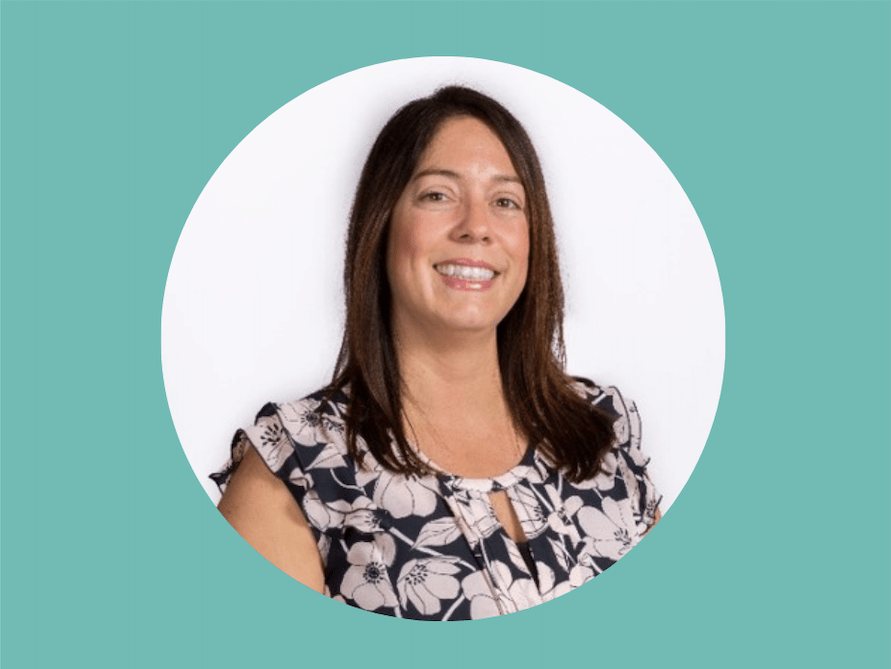
Marisa Brazil
Arizona State University
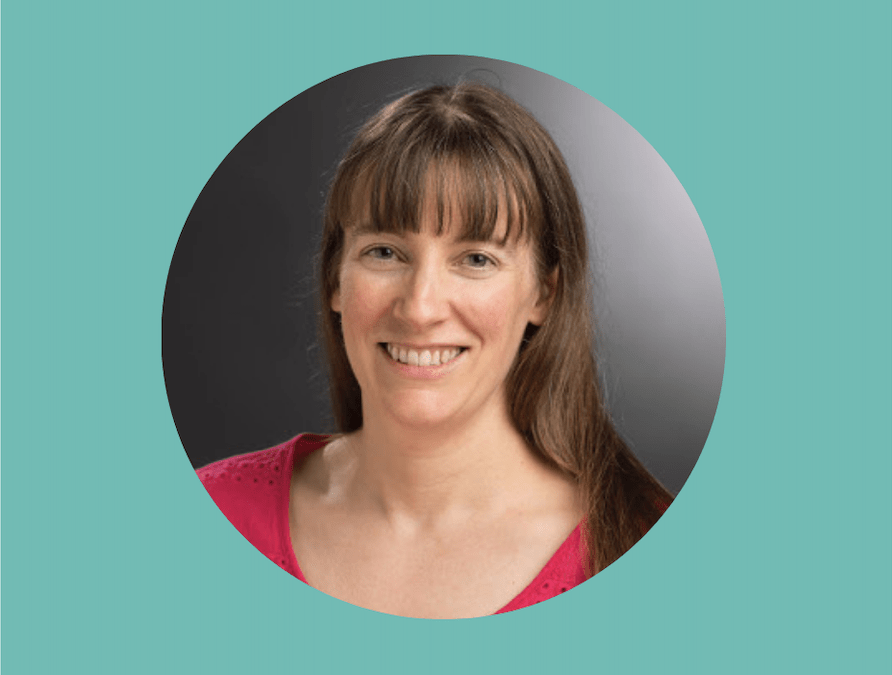
Elizabeth Cherry
Georgia Tech
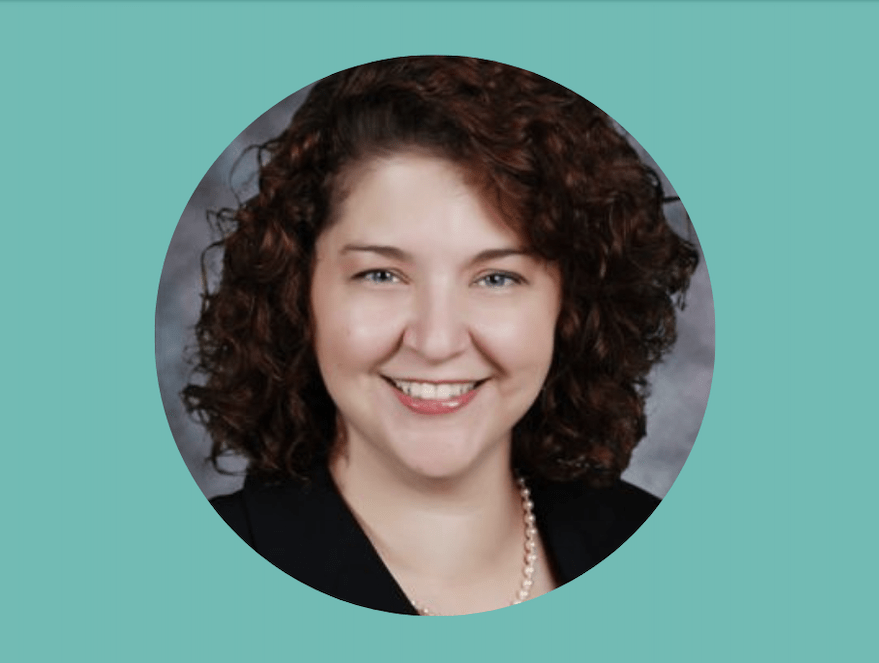
Melyssa Fratkin
Texas Advanced Computing Center
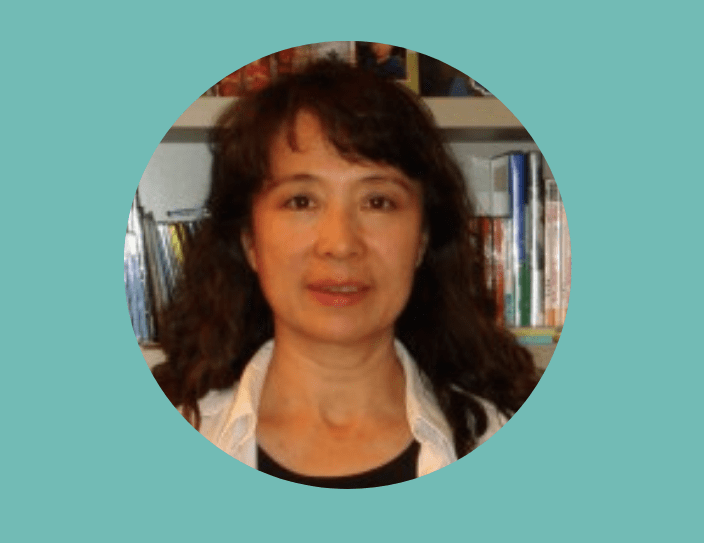
Carol X. Song
Purdue University
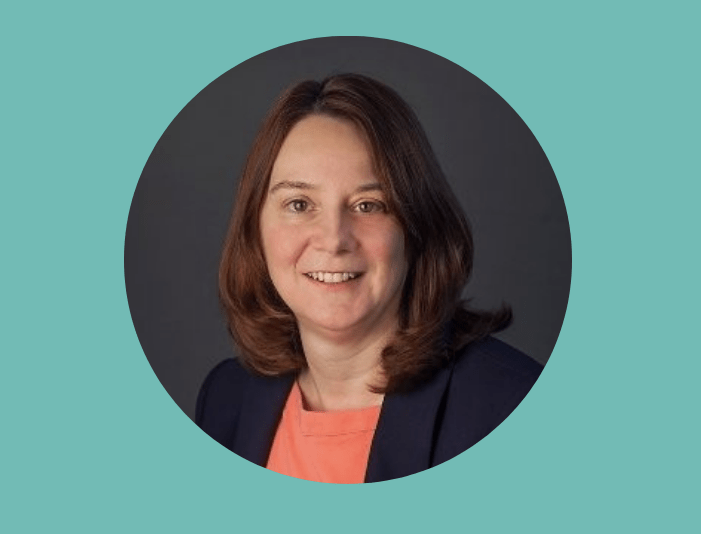
Karen Tomko
Ohio Supercomputer Center

